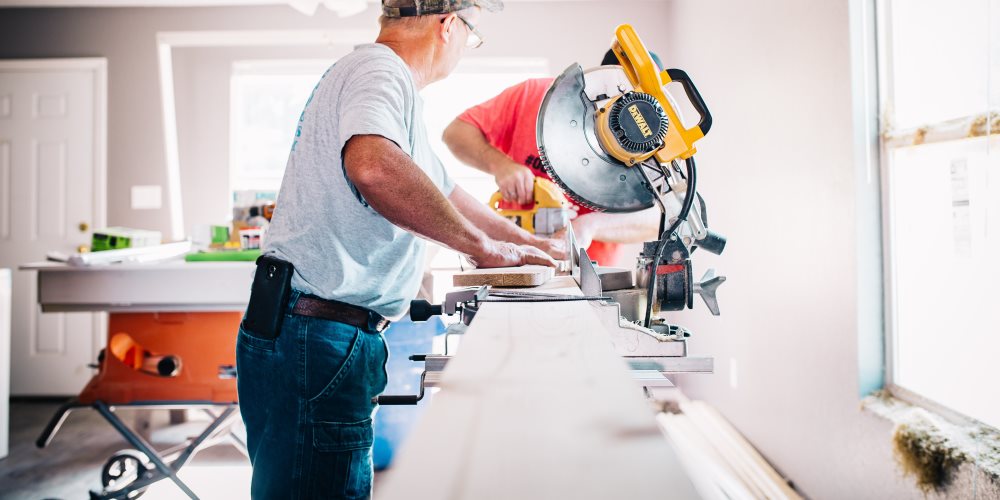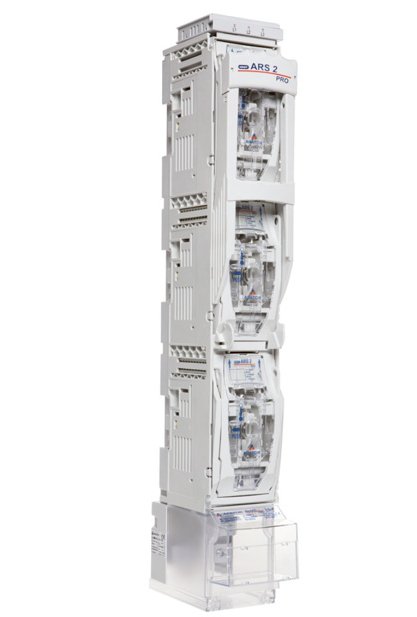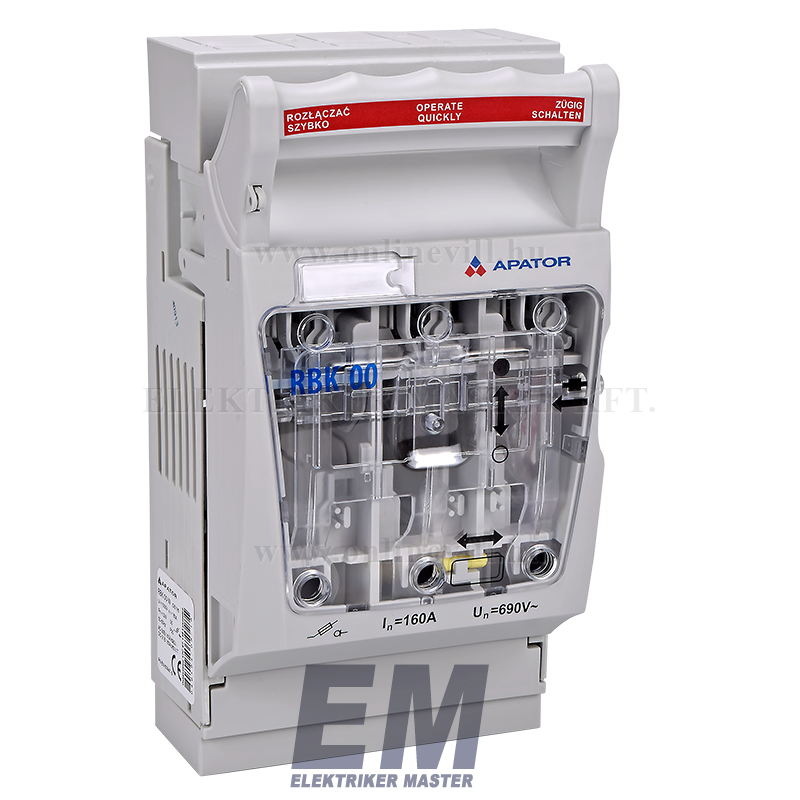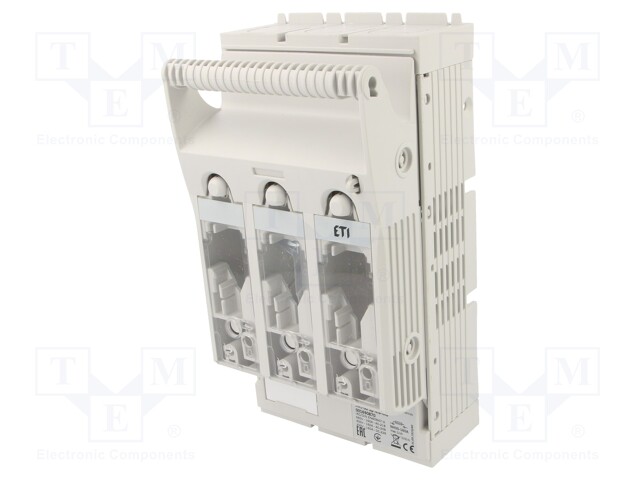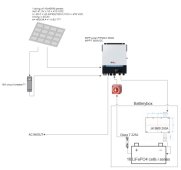Palonko Chonko
New Member
- Joined
- Apr 6, 2022
- Messages
- 17
Hello all of you 
Thanks in advance to Will because of this forums existence and also everybody here contributing to it.
I am planning to do a solar system. It will be my first.
Introduction:
I am involved in creating an off grid permaculture farm in Denmark. I am just starting to build the house i am going to be living in with my family.
I therefore need a power system to support the building process while being able to expand it in the future depending on our power needs. This mean the system need to be able to power all standard tools needed for building a house... i know this is very general, but i mean disk grinders, cirkular handsaws, mortar mixer etc.
Because of the need to exspand it i am planning to do a 5kw 48v system and build my own battery from raw cells. To me it seems to be best in the long run, but i would like to hear you out if my thinking is flawed.
This is the system i plan to build:
16pc. 230ah eve cells bought from Amy Zheng from Docan tech.
1 JBD 16s 100A Smart BMS also from Amy Zheng from Docan tech.
Cells and BMS are quoted at 1850 USD including DDP shipping to Denmark
1 PIP-5048MGX from MPP solar http://www.mppsolar.com/v3/catalogs/PIP-MGX.pdf Quoted at 999USD including DDP shipping to Denmark
I've yet to decide how much solarpower to add to the system. I will mostly use the system during the summer, although some winter usage will be useful.
I have come across these deals on solar panels:
455Wp solar panel 220 USD a piece VOC49,7 - unknown producer
380Wp mono crystaline from Hannover Solar 232 USD - https://www.hanoversolar.de/_files/ugd/5f6140_266a1a5b17e342f3859f6838ef7b3abf.pdf
260Wp mono crystaline from Winaico model: WSP-260M6
How for solar power would you suggest will be needed to power this system?
Overall questions:
1) Does the JBD bms from Docan have a low temperature cutoff?
2) Can i simply buy more 230ah cells in let's say 5 years and add it to the system?
3) What is i want to expand the battery bank in the future with different ah cell eg. 280ah
4) If i want to expand the amount of solar panels, but i am unable to source the same panels again, can i buy a different set of panels and add to the system?
4) Do i need anything else except the wires to connect it all, two breakers for the battery and the panels and a solid box for the cells?
Looking forward to hearing your suggestions on this system
Thanks in advance to Will because of this forums existence and also everybody here contributing to it.
I am planning to do a solar system. It will be my first.
Introduction:
I am involved in creating an off grid permaculture farm in Denmark. I am just starting to build the house i am going to be living in with my family.
I therefore need a power system to support the building process while being able to expand it in the future depending on our power needs. This mean the system need to be able to power all standard tools needed for building a house... i know this is very general, but i mean disk grinders, cirkular handsaws, mortar mixer etc.
Because of the need to exspand it i am planning to do a 5kw 48v system and build my own battery from raw cells. To me it seems to be best in the long run, but i would like to hear you out if my thinking is flawed.
This is the system i plan to build:
16pc. 230ah eve cells bought from Amy Zheng from Docan tech.
1 JBD 16s 100A Smart BMS also from Amy Zheng from Docan tech.
Cells and BMS are quoted at 1850 USD including DDP shipping to Denmark
1 PIP-5048MGX from MPP solar http://www.mppsolar.com/v3/catalogs/PIP-MGX.pdf Quoted at 999USD including DDP shipping to Denmark
I've yet to decide how much solarpower to add to the system. I will mostly use the system during the summer, although some winter usage will be useful.
I have come across these deals on solar panels:
455Wp solar panel 220 USD a piece VOC49,7 - unknown producer
380Wp mono crystaline from Hannover Solar 232 USD - https://www.hanoversolar.de/_files/ugd/5f6140_266a1a5b17e342f3859f6838ef7b3abf.pdf
260Wp mono crystaline from Winaico model: WSP-260M6
How for solar power would you suggest will be needed to power this system?
Overall questions:
1) Does the JBD bms from Docan have a low temperature cutoff?
2) Can i simply buy more 230ah cells in let's say 5 years and add it to the system?
3) What is i want to expand the battery bank in the future with different ah cell eg. 280ah
4) If i want to expand the amount of solar panels, but i am unable to source the same panels again, can i buy a different set of panels and add to the system?
4) Do i need anything else except the wires to connect it all, two breakers for the battery and the panels and a solid box for the cells?
Looking forward to hearing your suggestions on this system



